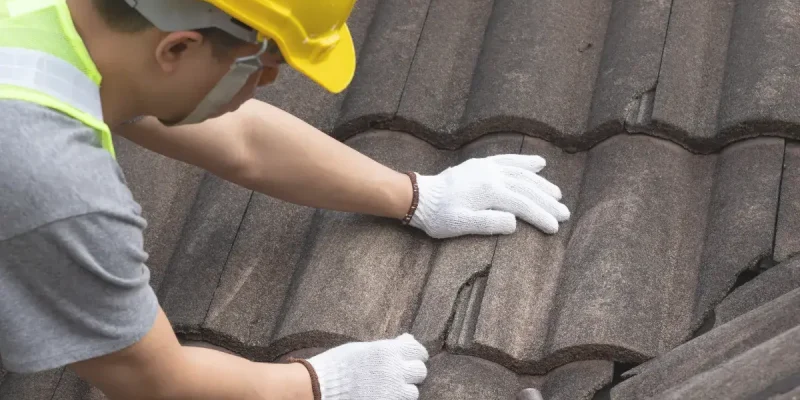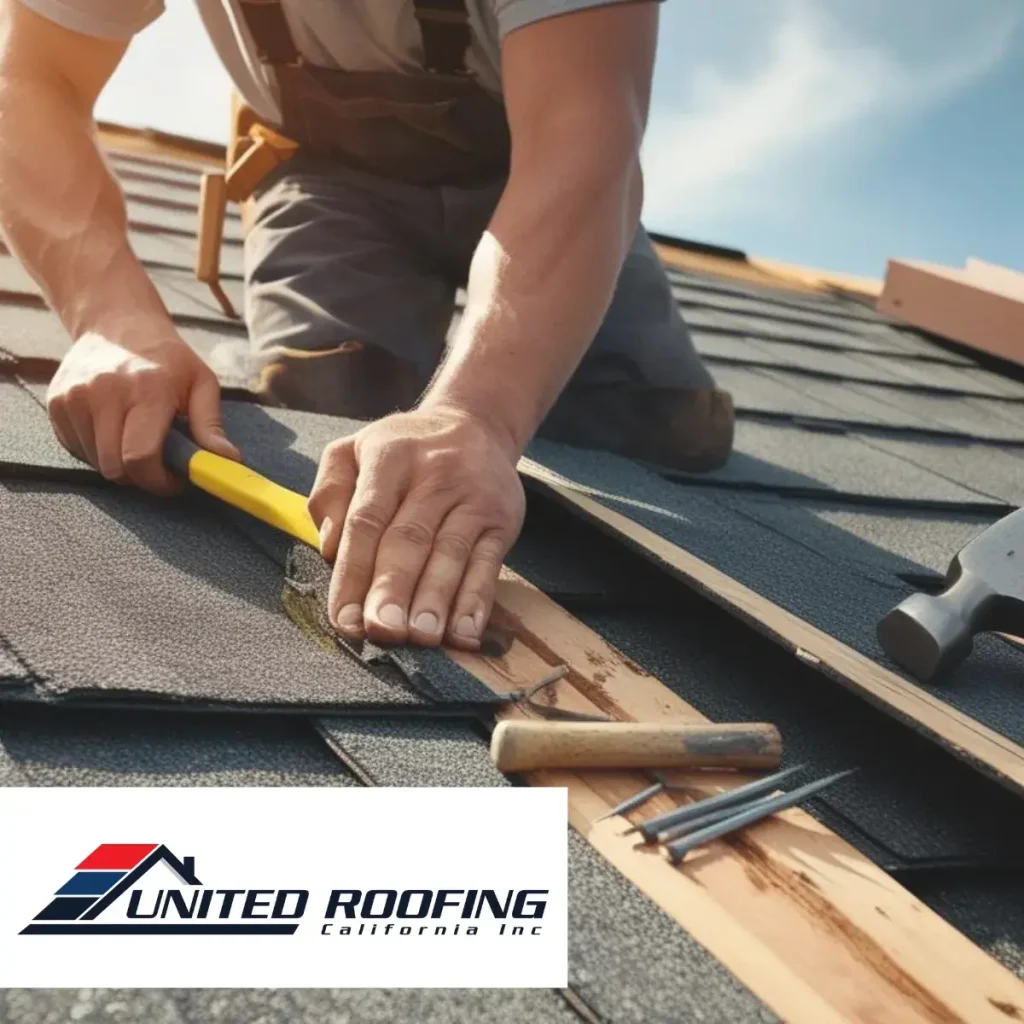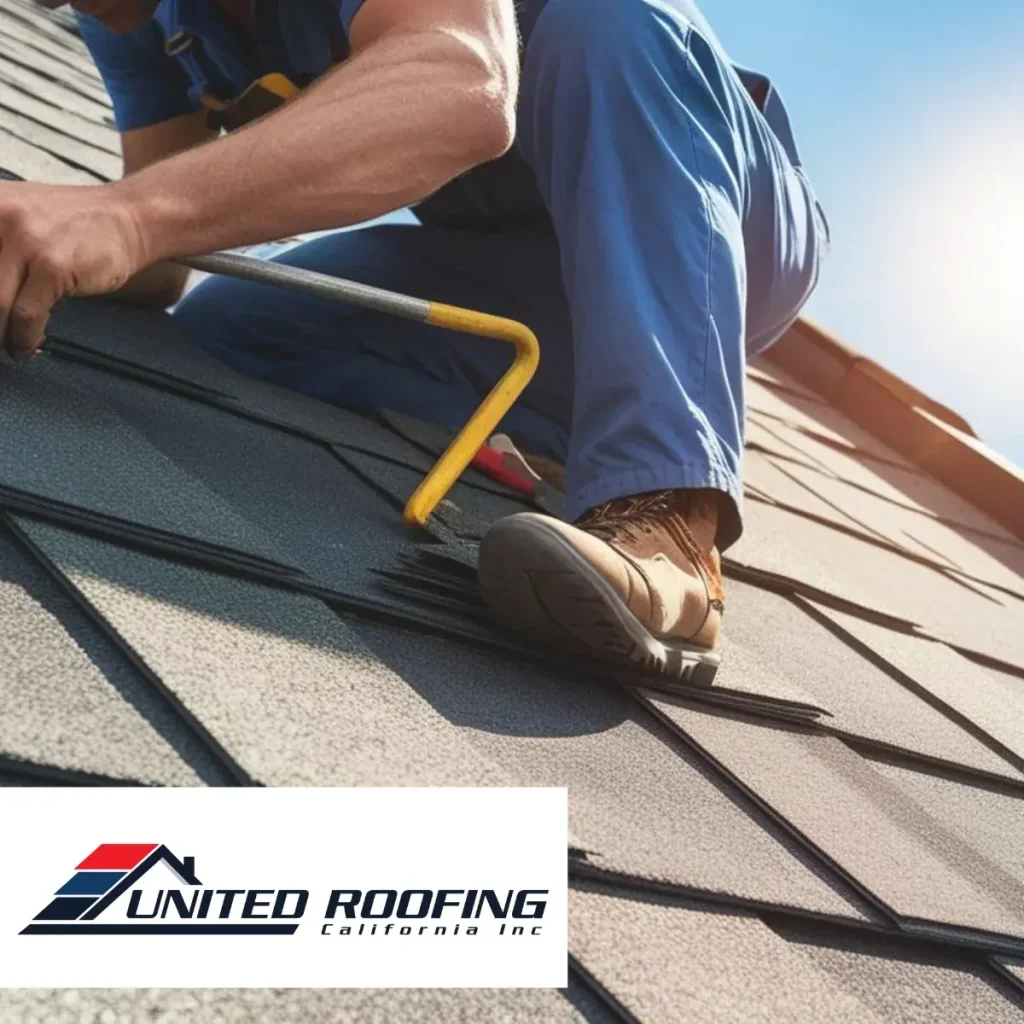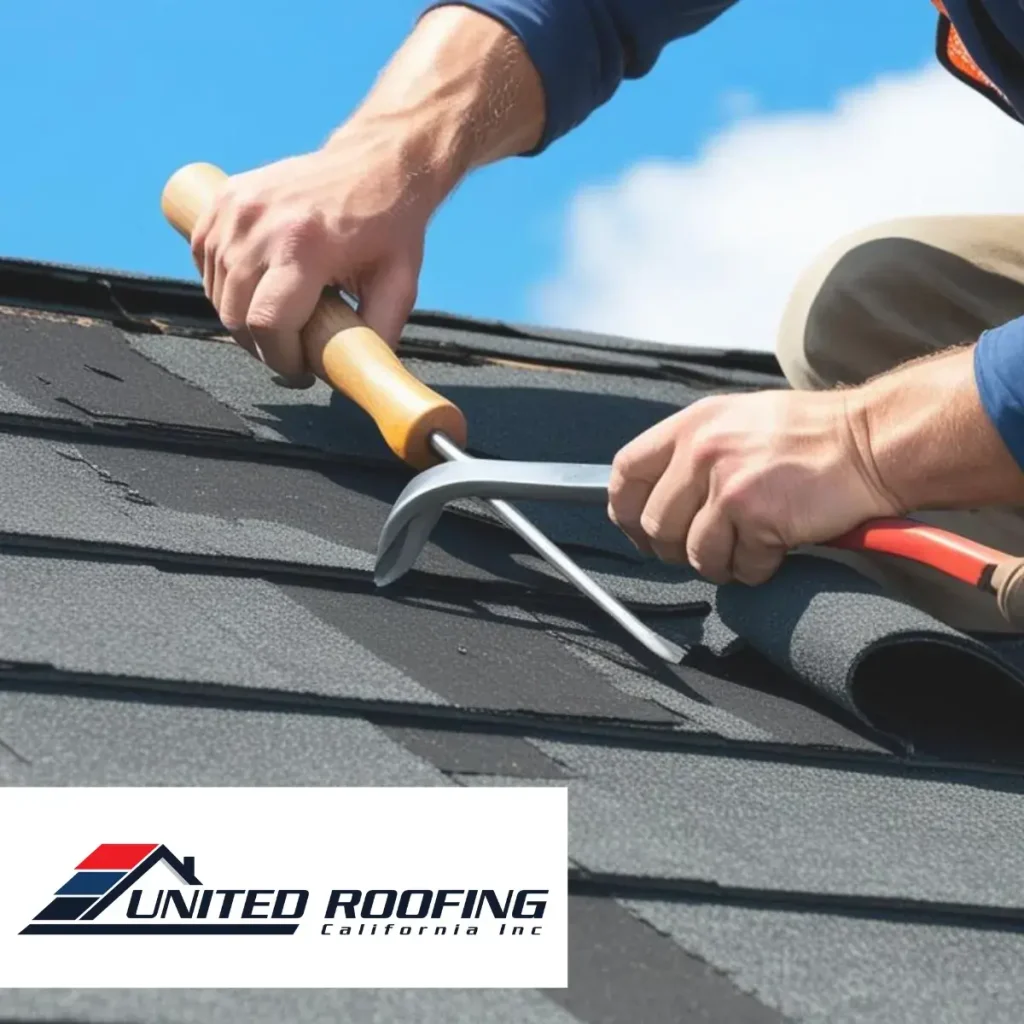A roof is one of the most important structural components of your home, offering protection against the elements while maintaining comfort and energy efficiency. Over time, even the most durable roofs will show signs of wear and tear. Recognizing when it’s time for a roofing replacement is crucial to preventing extensive damage and costly repairs. Understanding these early warning signals can help homeowners take action before minor issues escalate into significant problems that threaten the safety and value of the property.
Visible Damage to Shingles and Roof Structure
One of the earliest and most apparent signs that your roof may need replacing is visible damage to shingles. This can include curling, cracking, or missing shingles, which compromise your roof’s ability to protect against water infiltration. If you notice large patches of granules in your gutters, it could indicate that the shingles are wearing out and losing their effectiveness. Other visible damages, such as sagging areas or dark streaks caused by algae or moisture, can also signal structural issues that require attention. Ignoring these signs can lead to leaks and the need for a full roofing replacement sooner than expected.
Leaks and Water Damage Inside the Home
Water stains on ceilings or walls often suggest that your roof is no longer providing adequate protection from rain. Leaks can be caused by damaged flashing, compromised shingles, or gaps in the roof’s underlayment. In some cases, moisture can seep into insulation, leading to mold growth and structural deterioration. If you notice any signs of water damage inside your home, it’s essential to consult a professional as soon as possible. Unaddressed leaks can quickly escalate, resulting in costly repairs and increasing the likelihood that a roofing replacement will be necessary to restore your home’s safety and integrity.
Aging Roof Materials
The age of your roof is one of the most significant factors in determining whether it’s time for a replacement. Different materials have varying lifespans—while asphalt shingles generally last 20 to 30 years, metal and tile roofs can endure for much longer with proper maintenance. As roofs age, they naturally weaken and become more vulnerable to damage from wind, rain, and other environmental factors. If your roof has surpassed its expected lifespan or you notice signs of aging, such as faded shingles or brittle materials, it might be time to consider a professional assessment to determine if a full roofing replacement is necessary.
Increased Energy Costs and Poor Insulation
A damaged or aging roof can significantly affect your home’s energy efficiency. Poor insulation due to leaks or structural damage allows heat to escape during colder months and lets unwanted heat in during warmer seasons, leading to higher utility bills. If you’ve noticed a sudden increase in energy costs, your roof could be the culprit. A new roof with proper insulation can help regulate indoor temperatures and reduce energy consumption. Investing in a timely roofing replacement not only improves comfort but also helps lower energy expenses, making it a smart financial decision for the long term.
Learn More





